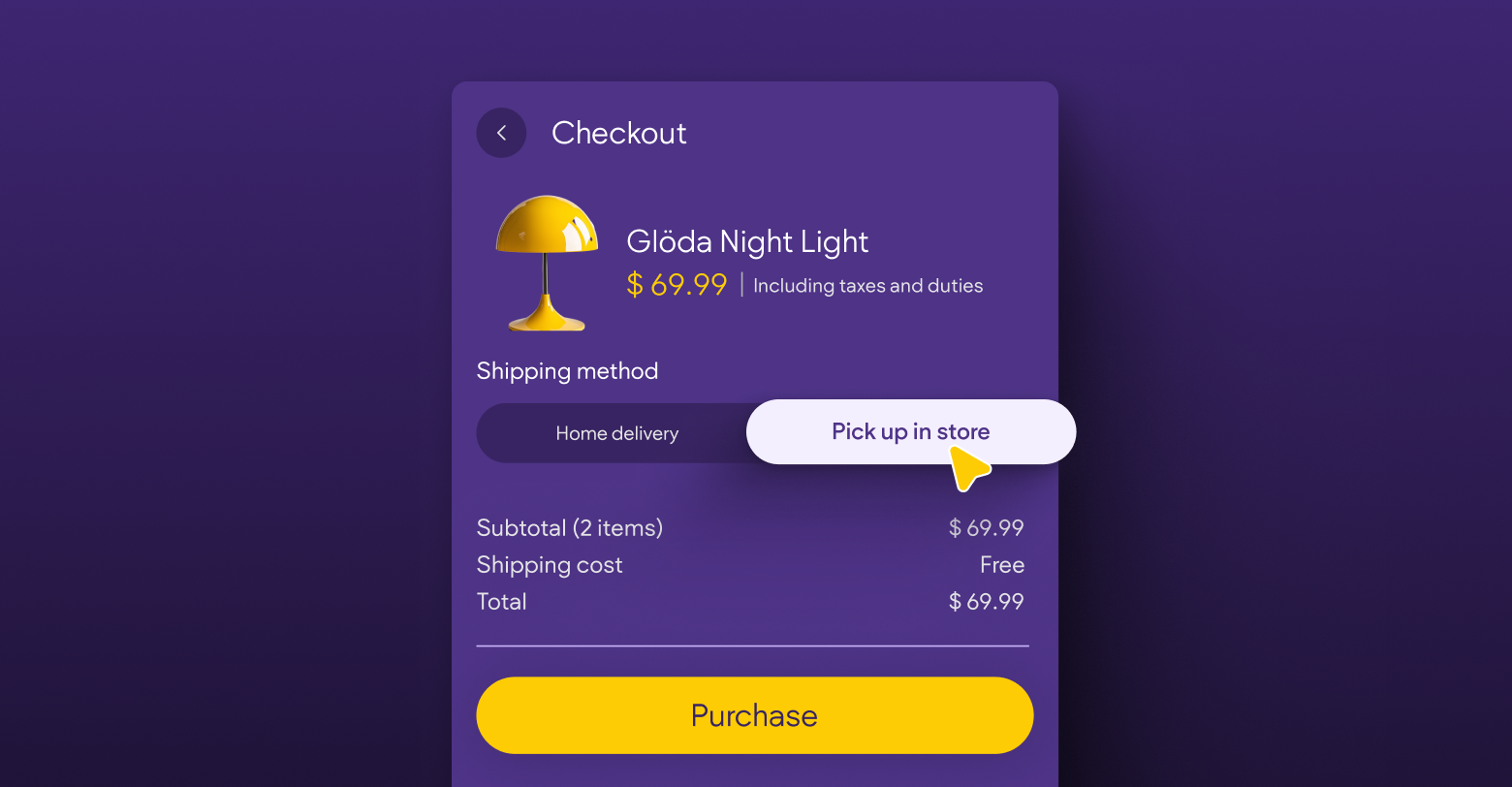eCommerce is huge. The
US Census Bureau has reported somewhat consistent growth year-over-year in the percentage of total quarterly retail sales that are occurring online. In 2015, just under 7% of all retail commerce was happening online, but as of Q2 in 2024 that number has more than doubled to reach 15.2% of total sales.
However, the astute reader might have noticed that 15.2% is by no means the majority of retail commerce. While eCommerce spending is increasing at a faster rate than traditional brick and mortar retail, in-person shopping isn’t behind us quite yet.
Nearly half of all consumers claim to shop primarily in-store, with 46% of consumers claiming that they actually prefer to shop in-store.
While the majority of commerce may be happening in-person, there's still a pretty significant online component. A massive
87% of consumers begin their product searches online, while
75% of searches with local intent on mobile devices lead to in-person store visits within 24 hours.
Sifting through all of this data, it’s clear that there’s a relationship between online and offline commerce. The majority of shoppers,
87%, use their smartphone to research products while shopping in-store—but what about the reverse? Can SMBs use their website to capture customers online, during the research phase, who would prefer to shop in-store?
They can, and they should.
What is online-to-offline commerce?
According to
Investopedia, “Online-to-offline (O2O) commerce is a business strategy that draws potential customers from online channels to make purchases in physical stores.” This technique leverages tools like in-store pickup and manual payments to convince customers who may otherwise have made a purchase online to instead visit a physical location.
In-store pickup is wildly popular, even a primarily eCommerce-first brand like Amazon employs it at their Whole Foods locations—and for good reason too. In a survey by
First Insight, 71% of respondents claimed that they typically spend more than $50 shopping in-person, while only 54% claimed to spend more than $50 when shopping online.
The key to an O2O approach is to treat eCommerce and brick-and-mortar commerce as complimentary channels instead of competitors. They assist one another across the entire customer journey, creating a cohesive and unified experience.
It goes without saying that your client will need a physical retail location to take advantage of this strategy. If they do, the reward is great.
The benefits of hybrid commerce
We mentioned it earlier, but customers generally spend more in-person than they do online. In fact,
85% of consumers who choose to buy a product online then pick it up in-store made an additional, unplanned purchase once in the store. This alone is a pretty good reason for your client to invest in O2O commerce, but what about you? Well, unsurprisingly, there’s quite a few good reasons for an agency to push for this approach as well.
An O2O commerce strategy brings most of the benefits of eCommerce to physical shopping by taking advantage of new-age marketing techniques like local SEO, pay-per-click campaigns, social media marketing, email newsletters—the list goes on.
Unlike asking a customer to visit a location in an email, an O2O strategy may ask them to pay online and pickup in store. They could even “purchase” online, but pay and pickup in-store. This approach is far more motivating, and often customers even prefer it.
For agencies offering additional marketing services beyond website creation, this is a big opportunity. Your team can produce and sell digital campaigns for customers who may not be interested in selling online. Local SEO is another avenue agencies can employ, and monetize, to boost O2O commerce. All of these efforts increase retail foot traffic, a major goal for many SMBs.
The best part for agencies? It’s very easy to deploy.
Creating an ominchannel experience is surprisingly easy
In-store pickup is an exceptionally easy eCommerce solution, especially for SMBs. For one, the effort and cost of shipping is completely eliminated. Instead, fulfillment is as little effort as taking a product off of the shelf and moving it behind the counter—similar to how millions of restaurants use DoorDash today.
Customers receive their product faster too, increasing satisfaction. The process of picking up a product itself is even a marketing effort! Customers who shop in stores have the ability to put a “face to the name,” so to speak. This leverages one of the greatest economic advantages an SMB has over larger brands, their tie to the community.
82% of consumers patron local businesses, while 48% would like to do so even more. Consumers love shopping small!
This creates an ideal situation for SMB owners. They have met their customer, leveraged their status as a small business, and already have their contact information as part of the online purchase. These customers are ripe for repeat business, and are prime targets for remarketing emails, promotions, and more.
The best part? None of this takes any additional effort from your agency. All you need to do is build the initial O2O experience, then offer paid advertising if you’d like. Duda makes all of this super simple.
Build an omnichannel experience with Duda
Duda eCommerce has features like in-store pickup and manual payments, which allow for accepting payments in-store, that make it easy for SMBs to offer a robust O2O customer experience. Combine that with powerful connectors like
ActiveCampaign and
MailChimp, and you’ve built a powerful remarketing machine in no-time to support your client’s O2O flow.
An important part of blended eCommerce is a consistent brand experience, and Duda makes that easy too. The advanced
Editor 2.0 unlocks limitless design flexibility for agencies, allowing them to deliver a true-to-brand store that customers will love.
Put it all together, and you have a big brand commerce strategy that any SMB can employ.








